As autumn sets in and your summer crops fade, you might wonder what to do with your garden beds before winter arrives. Should you leave them bare, or is it better to cover them? According to gardening experts, covering your garden beds in fall is one of the smartest steps you can take to protect your soil and set yourself up for success in the next growing season.
Covering your garden beds doesn’t just mean throwing on a tarp. There are several methods—mulch, cover crops, compost blankets, and protective sheeting—each with specific benefits. Understanding why covering is important, and how to do it properly, can make all the difference in the health of your soil and crops.
Here’s what the experts say about whether you should cover your beds in fall, and the best ways to do it.
Why Cover Garden Beds in Fall?
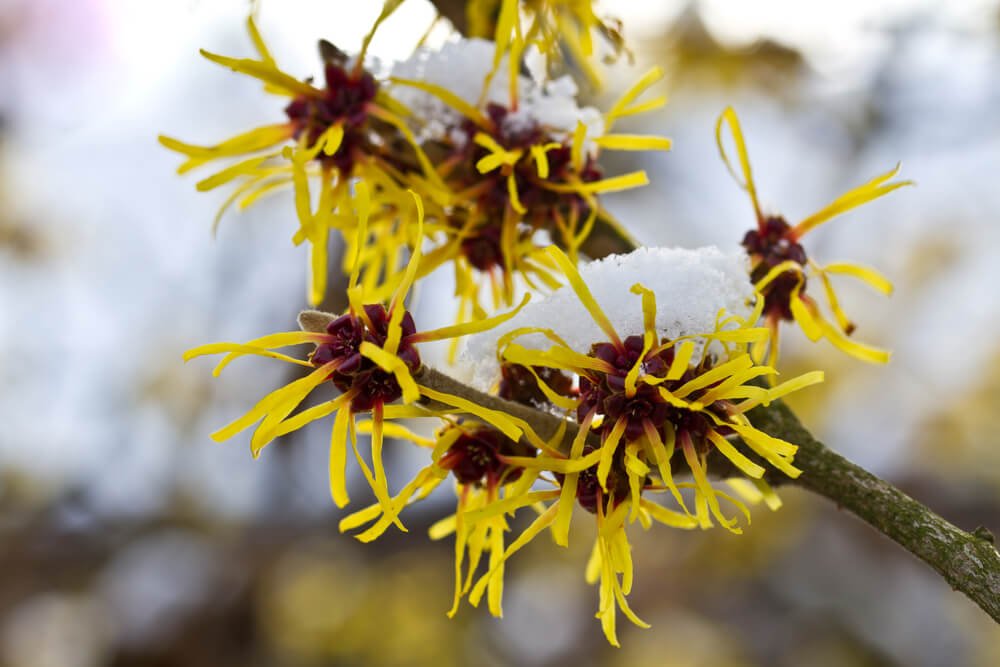
Leaving your garden beds bare during fall and winter exposes them to the elements. Rain, snow, and wind can wash away nutrients and compact the soil. Worse, weeds and pests can settle in, creating challenges come spring. Covering your beds helps to:
- Protect Soil from Erosion – Rain and melting snow can strip away topsoil, which is the most fertile layer. A cover helps keep it in place.
- Preserve Nutrients – Covering prevents nutrient leaching, especially nitrogen, which can easily wash out of unprotected soil.
- Suppress Weeds – Many weed seeds germinate in fall. Covering prevents light from reaching them, reducing spring weeding.
- Improve Soil Health – Organic covers feed soil microbes, creating rich, fertile ground.
- Insulate Soil – Covers act as a blanket, keeping soil temperatures more stable and protecting overwintering perennials.
The Best Ways to Cover Garden Beds in Fall
Experts recommend several options for covering beds, depending on whether you want to keep them dormant or continue growing cold-hardy crops.
1. Mulching with Organic Materials
Mulching is perhaps the easiest and most common method. Applying a thick layer of organic matter protects soil from erosion and feeds it as the material decomposes.
- Best materials: Straw, shredded leaves, pine needles, untreated wood chips, or compost.
- How to do it: Spread 2–4 inches of mulch over the entire bed. Avoid piling it right against plant stems to prevent rot.
- Expert tip: Shredded leaves are especially valuable—they’re free, abundant in fall, and decompose quickly to enrich the soil.
2. Planting Cover Crops (Green Manure)
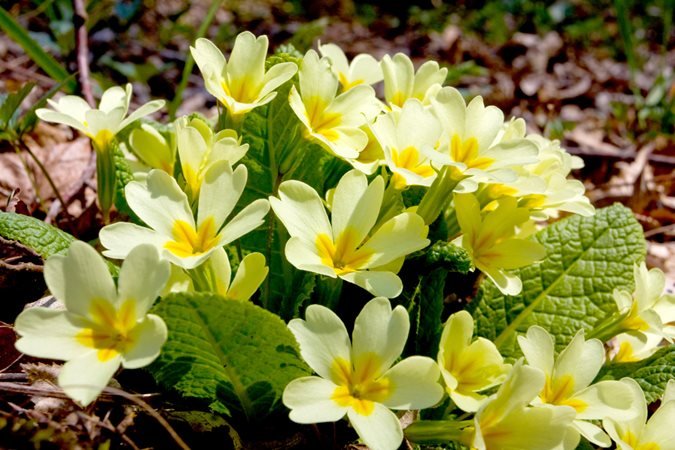
Cover crops, also called green manure, are living covers that grow through fall and sometimes into winter. They protect soil while actively improving it.
- Best choices: Winter rye, crimson clover, hairy vetch, and winter wheat.
- Benefits: They prevent weeds, fix nitrogen, and build organic matter. In spring, chop them down and mix them into the soil.
- Expert tip: Plant cover crops as soon as summer crops are cleared to give them time to establish before frost.
3. Compost Blanketing
Instead of mulching with leaves or straw, some gardeners prefer to blanket beds with a layer of finished compost.
- Benefits: Compost adds nutrients, improves soil structure, and acts as a protective cover. Over winter, worms and microbes pull it deeper into the soil.
- How to do it: Apply 2–3 inches of compost evenly across the bed. In spring, you’ll have nutrient-rich soil ready for planting.
- Expert tip: Combine compost with a light mulch (like shredded leaves) for insulation and nutrient benefits.
4. Plastic or Tarp Covers
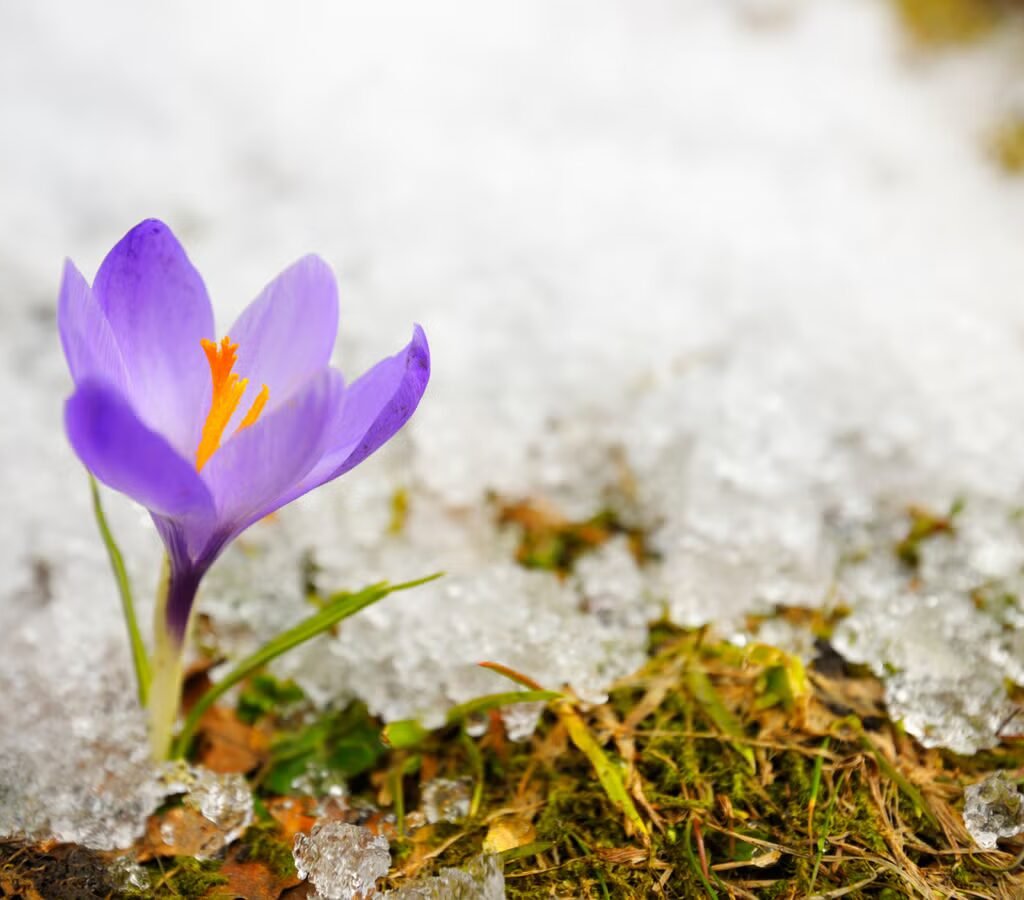
Sometimes gardeners use plastic sheeting or tarps to protect soil, especially if they want to block weeds completely.
- Clear plastic: Can warm soil slightly, allowing earlier spring planting.
- Black plastic or tarps: Block light, killing weeds and protecting soil from erosion.
- Expert tip: If using plastic, secure edges with rocks or boards to prevent wind from lifting it. Remove it in early spring to let the soil breathe.
5. Row Covers and Cold Frames
If you’d like to continue growing hardy greens (like spinach, kale, or lettuce) through fall and into winter, row covers or cold frames are great choices.
- Row covers: Lightweight fabric that shields crops from frost while letting in light and water.
- Cold frames: Mini greenhouses built with glass or plastic lids that insulate plants.
- Expert tip: This method allows you to harvest fresh vegetables even when snow is on the ground.
Common Mistakes to Avoid
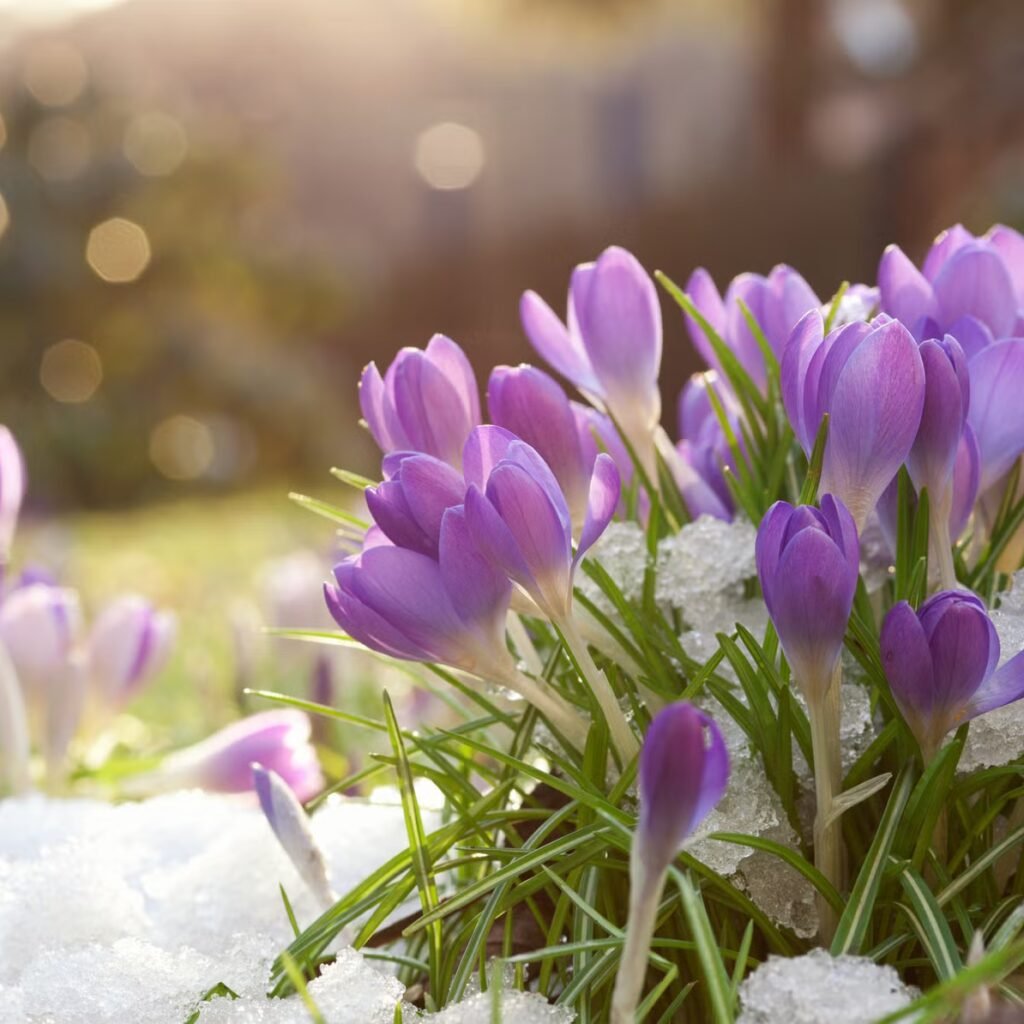
While covering garden beds is highly recommended, there are a few mistakes experts warn against:
- Using Diseased Plant Material: Never cover beds with debris from plants that had blight, mildew, or pests. This spreads problems into the next season.
- Over-Mulching: Too thick a mulch layer (over 6 inches) can suffocate soil and delay warming in spring.
- Ignoring Timing: Don’t wait until the ground is frozen. Cover beds in mid to late fall while the soil is still workable.
- Plastic Without Drainage: Solid plastic sheeting can trap excess moisture, causing waterlogging. Always check drainage or opt for breathable fabric.
When Covering Isn’t Necessary
There are a few cases where covering isn’t required:
- Perennial Beds: If your raised beds are planted with hardy perennials (like asparagus, strawberries, or herbs), you may only need a light mulch to protect roots.
- Winter Gardening Beds: If you’re actively growing under cold frames or tunnels, the crops themselves and their covers serve as protection.
- Very Mild Climates: In regions without hard freezes, a light compost layer may be sufficient.
Final Thoughts
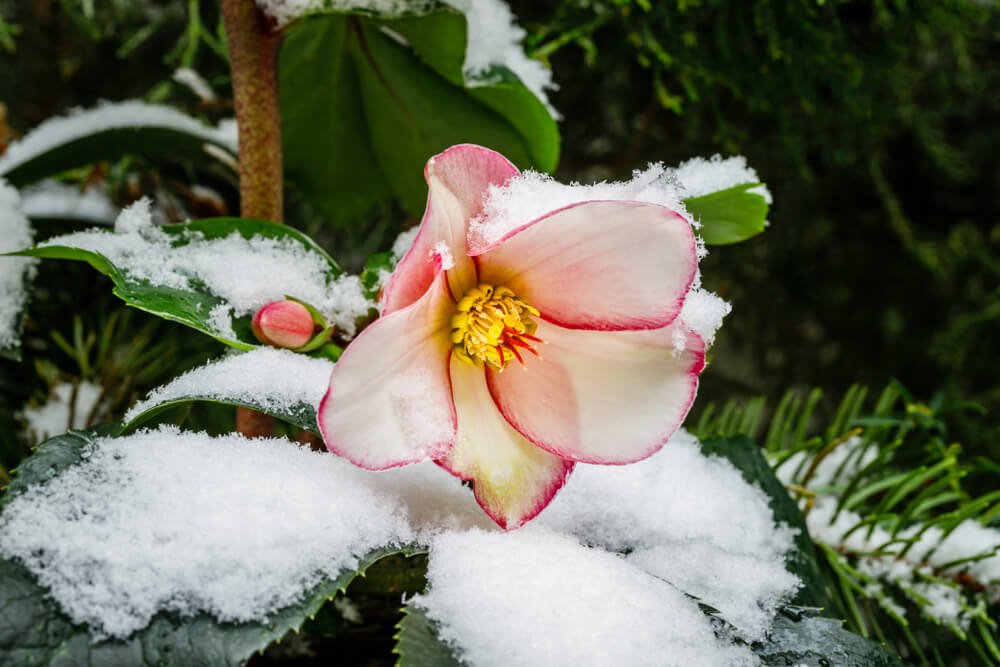
So, should you cover your garden beds in fall? Experts say the answer is almost always yes. Covering protects soil from erosion, improves fertility, and suppresses weeds, ensuring you start the next growing season with healthy, nutrient-rich soil.
The method you choose—mulching, composting, planting cover crops, or using tarps—depends on your gardening goals and climate. Whether you want to simply protect soil or extend your growing season, there’s a covering strategy that will work for you.
Think of it as tucking your garden into bed for the winter. With a little preparation in fall, your soil will rest, recharge, and be ready to reward you with vigorous growth and abundant harvests when spring returns.
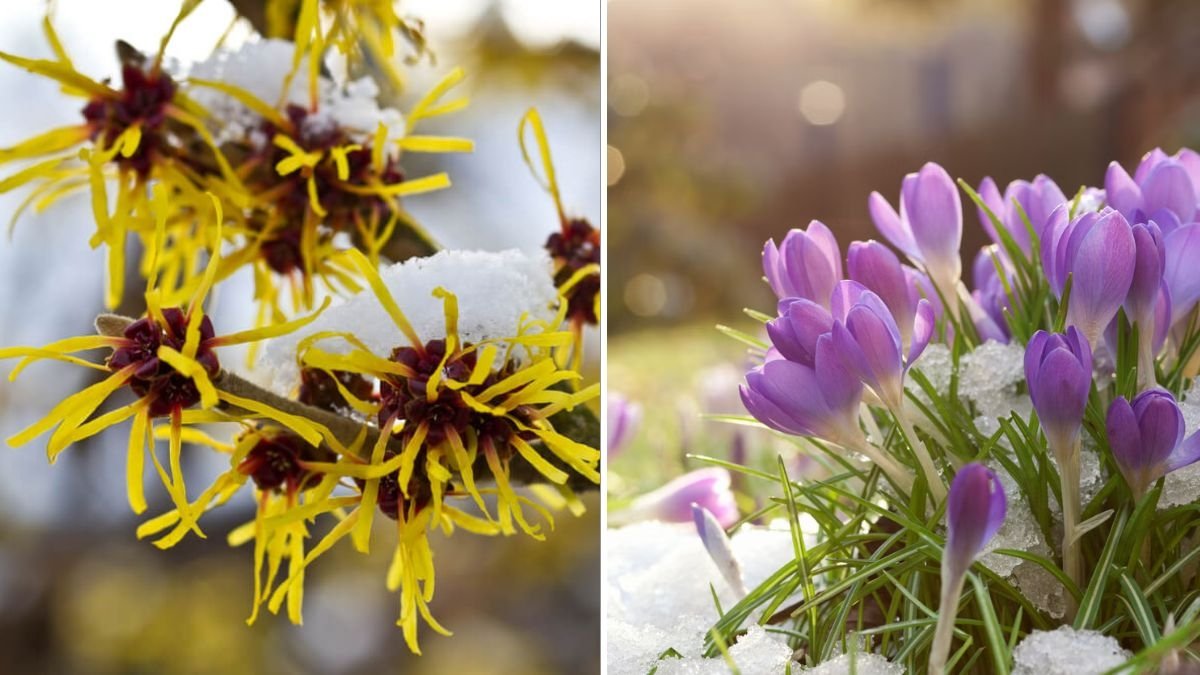
Leave A Comment